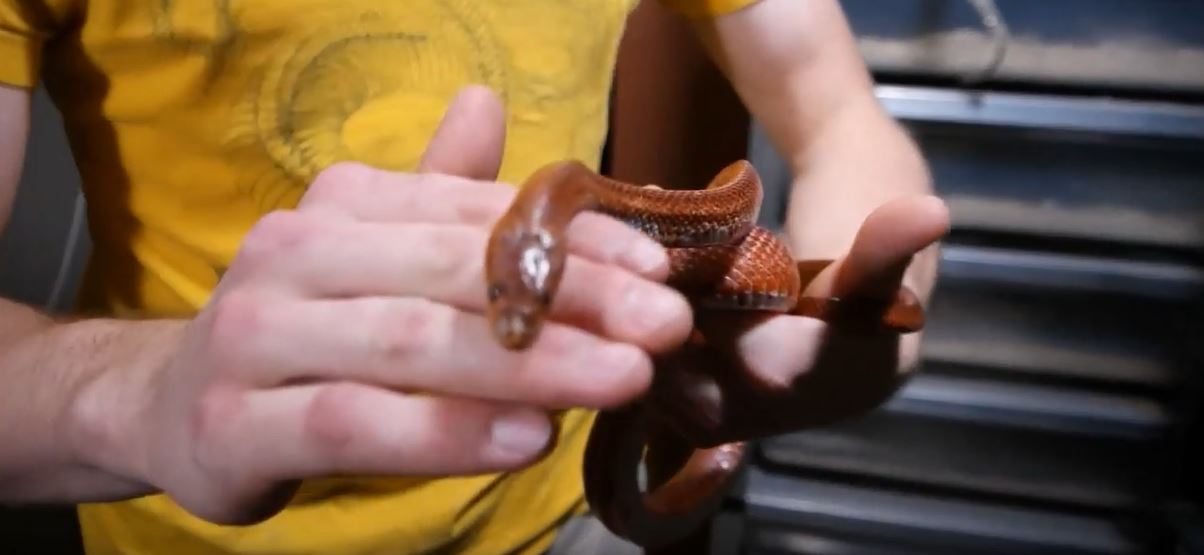The Corn Snake

Appearance and Biology
The corn snake is a venomous type of snake that is normally not more than 6 feet in length. The corn snakes vary in color depending with their surroundings. However, normally they are orange in color and have red lines on their sides. These snakes are really pretty due to their bright coloration. When taken care of, the can live to as many as 23 years. They do not possess heat sensor pits and therefore not able to hunt while in poor visibility. They are cannibalistic in nature and lay their eggs to hatch.
Lifecycle
After mating, the eggs are internally fertilized. The egg laying, however, would normally occurs at about a month after this. The female can lay as many as 24 eggs in one time. The eggs will then after hatch after around 10 weeks. A young one on average just 5 inches long!
Habitat
These snakes are commonly found in the Southeastern part of the United States. The habitat of the corn snake would include areas such as palmetto flatwoods, tress and overgrown fields. In the suburban areas, however, they will be found in farms and abandoned buildings.
Diet
Their diet will mainly consist of rodents such as mice. They will also feed on amphibians like toads, frogs, salamanders as well as small reptile like lizards. Bird eggs are also part of their diet. For the juveniles, lizards are their main diet.
Behavior
• Hunting behavior
The corn snake uses the sense of smell to find their pray more than they use the sense of sight. Constriction is the hunting technique they would use on their prey such that air flow is cut and the animal dies.
• Hibernation
In normal cases, they will not hibernate except during the cold season.
• Mating behavior
Mating takes place during the warm season. As soon as this season comes, the female will normally emit some really strong smell, a technique they use to attract males for mating. Before the mating, both males and females normally go under a brumation period of about 2 to 3 months to clear up their stomach of all foods. Breeding among these snakes is generally easy.
• Defensive behavior
The corn snake would normally constrict whatever they perceive as a threat. This method however does not work on human as their constrictions are not enough to cut airflow. In this case, the snake results to biting although the venom is not strong enough to cause death. Even so, one should seek medical help in case of a bite
The Corn Snake
SNAKE CONTROL: We specialize in snake control projects. Call us now for snake control in your city or town.
Go back to the How to get rid of snakes page to learn more about The Corn Snake
To find out our prices for snake control, visit our snake removal prices page.


